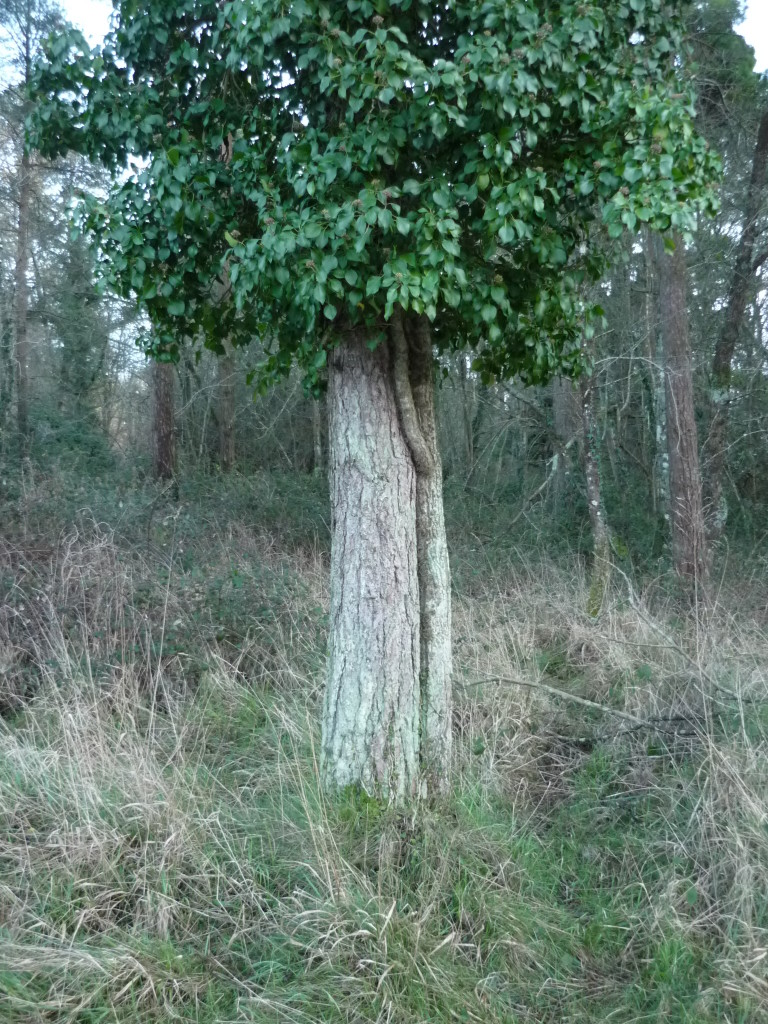By Sean Fagan

A very distinct fallow deer browse line on ivy. Ivy is evergreen and is commonly browsed by herbivores throughout the winter months in Ireland when green leaves are scarce (Photo: Sean Fagan).
.
.
The browse line is often a distinct, horizontal line where the leaves of the lower branches of trees have been uniformly browsed to a certain height by local herbivore species.
As a tracker, there are quite a few reasons as to why becoming very familiar with browse lines is important.
.
Here are three of the most important reasons:
- A browse line is an easily observed, reliable indicator of the presence of browsing herbivores in a woodland. Often browse lines can be spotted from quite a distance away - this could be invaluable for outdoor enthusiasts, nature-lovers and photographers in determining where herbivores are present in a given area.
- The browse line indicates the size of the herbivore species present. In Ireland for example, Sika deer, cervus nippon, browse to an average height of between 5-6 feet (1.5m-1.8m) whereas the larger red deer, cervus elaphus, browse much higher - up to 8 feet (2.4m).
- The browse line familiarises the tracker to the varied feeding sign & diet of large herbivores, like deer.
.
Often in tracking - perfect, pristine prints are much sought after. There would seem to be a disproportionate emphasis on seeking clear prints for many trackers.
But prints are often hard to come by.
Good tracking involves finding prints and all other sign left by animals.
This is especially true of large tracking sign - such as the browse line.
.
Related articles on this website:
.
Check me out on Instagram, Twitter & Facebook for more outdoor-related topics.
Recent Comments